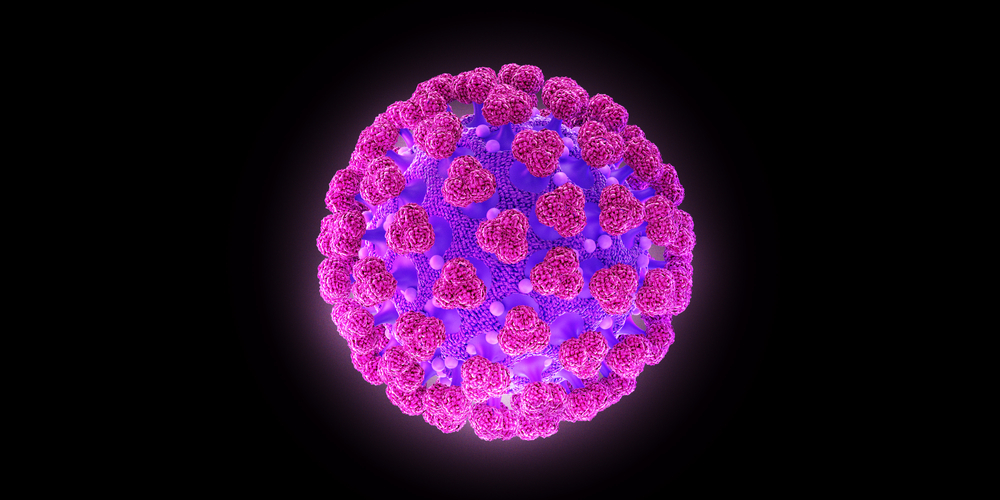SDS-PAGE: Reducing SDS-PAGE gel (Novex 4-12% Bis-Tris gel, Biorad unstained marker) showing purified CCHFV Glycoprotein N running as a glycosylated protein, with MW of 25-30kD.
Crimean-Congo Hemorrhagic Fever Virus Gn Protein, His-Tag
Price range: $498.20 through $1,933.88 excl. VAT
Recombinant Crimean Congo Hemorraghic Fever Virus glycoprotein N, incorporating a C-terminal 6xHis tag expressed in mammalian HEK293 cells. The protein consists of amino acids 520-690 (amino acid positions correspond to full length glycoprotein precursor of the M segment of CCHFV).
CRIMEAN CONGO HEMORRHAGIC FEVER VIRUS GN PROTEIN
The Native Antigen Company have developed recombinant CCHFV virus Gn protein, expressed in mammalian HEK293 cells. The protein has had the transmembrane region deleted, and replaced with a 6xHis tag. The expressed protein is a highly purified 25-30kD glycoprotein. This protein is available for potential immunoassay development and for vaccine R&D.
PRODUCT DETAILS – CRIMEAN CONGO HEMORRHAGIC FEVER VIRUS GN PROTEIN
- Recombinant CCHFV Glycoprotein N (NCBI accession number AIN41199.1, amino acids 520-690).
- This protein consists of amino acids 520-690, corresponding to full length glycoprotein precursor of the M segment of CCHFV with a C-terminal His-tag.
- Produced in HEK293 cells and stored in PBS, pH7.4.
BACKGROUND
Recombinant Crimean Congo Hemorraghic Fever Virus glycoprotein N, incorporating a C-terminal 6xHis tag expressed in mammalian HEK293 cells. The protein consists of amino acids 520-690 (amino acid positions correspond to full length glycoprotein precursor of the M segment of CCHFV).
Crimean Congo hemorrhagic fever (CCHF) virus is a tick-borne enveloped single stranded RNA virus that belongs to the genus Nairovirus and a member of the Bunyaviridae family. CCHF virus causes a hemorrhagic disease in humans with up to 80% case fatality.
Although the virus has only caused sporadic disease in the past, the expansion of the range of its vector, the Hyalomma tick, is causing increasing concern that case numbers will continue to rise. Since CCHF was first described in Crimea in 1944, sporadic outbreaks have occurred globally. In 2015, CCHFV was identified by the WHO as an emerging virus which is likely to cause a severe epidemic and which may present a public health emergency.
Zoonotic transmission from host animals is the primary route of infection, with concerns this may increase in the next 10-20 years as the timing of religious festivals change. The virus may also be spread effectively by human to human contact, especially in hospital settings. There are also concerns that it may be used as a bioterrorism agent, with evidence that work on this was carried out both in the USSR and in Iraq.
Research into diagnosis of the illness, and also into vaccine development is increasing. The CCHF virus Gn protein is a potential target for vaccine development, as studies have shown that neutralising antibodies may be raised against this protein. Studies on the Gn protein have shown that correct glycosylation is important for for the function of the protein.


